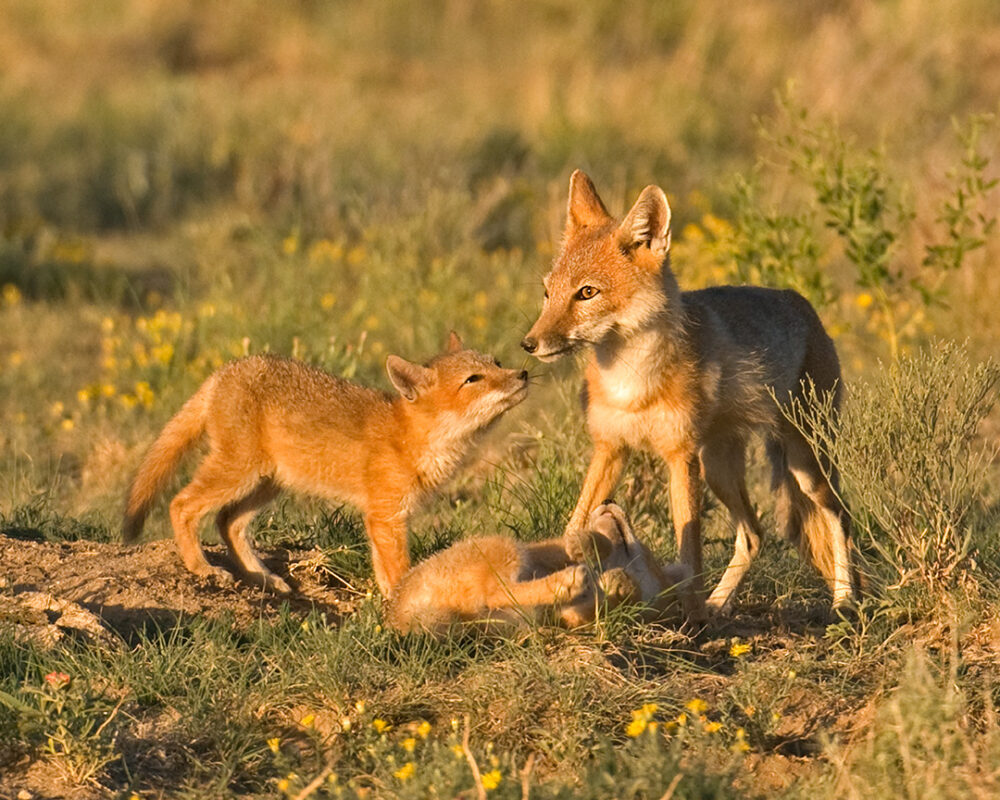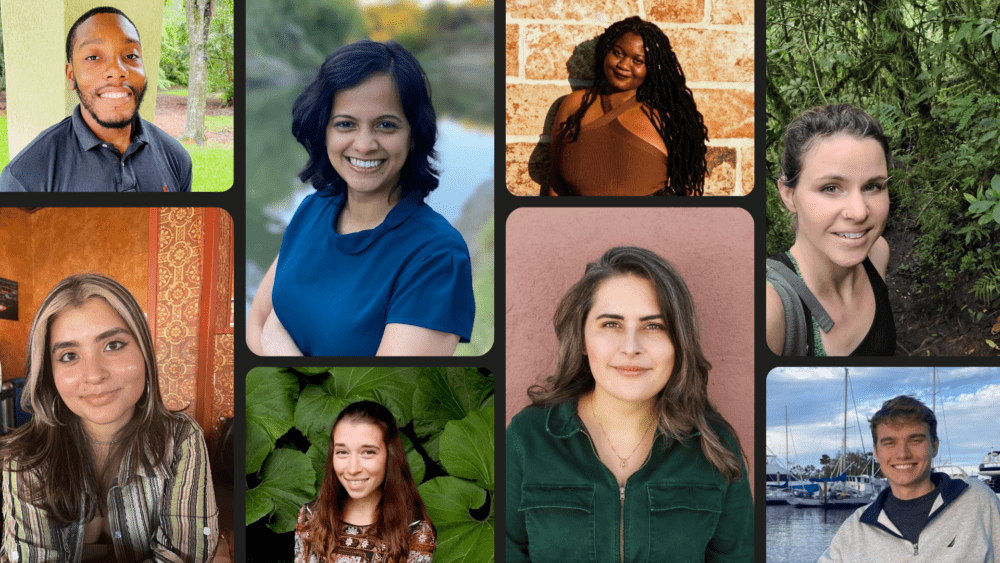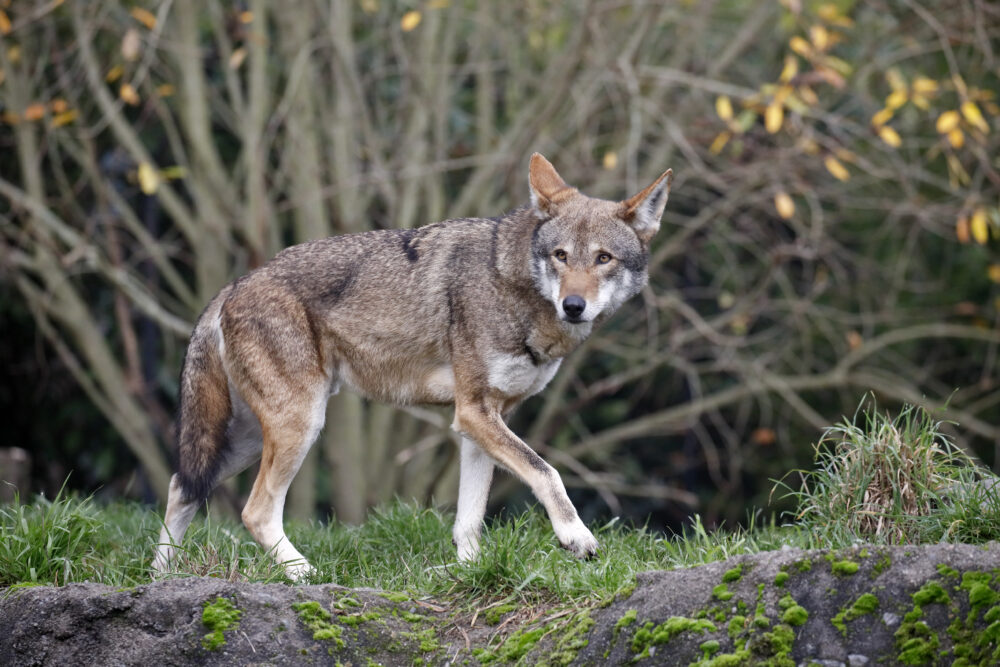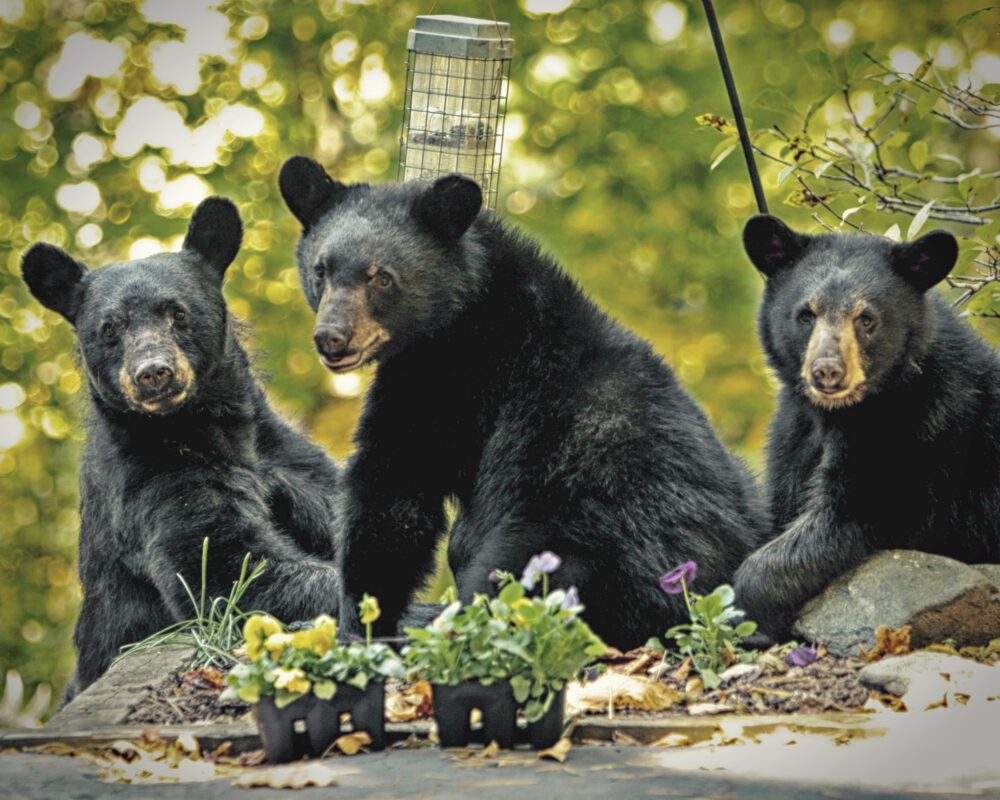We have much more to do and your continued support is needed now more than ever.
Twelve Unusual and Fascinating Facts About Wild Turkeys
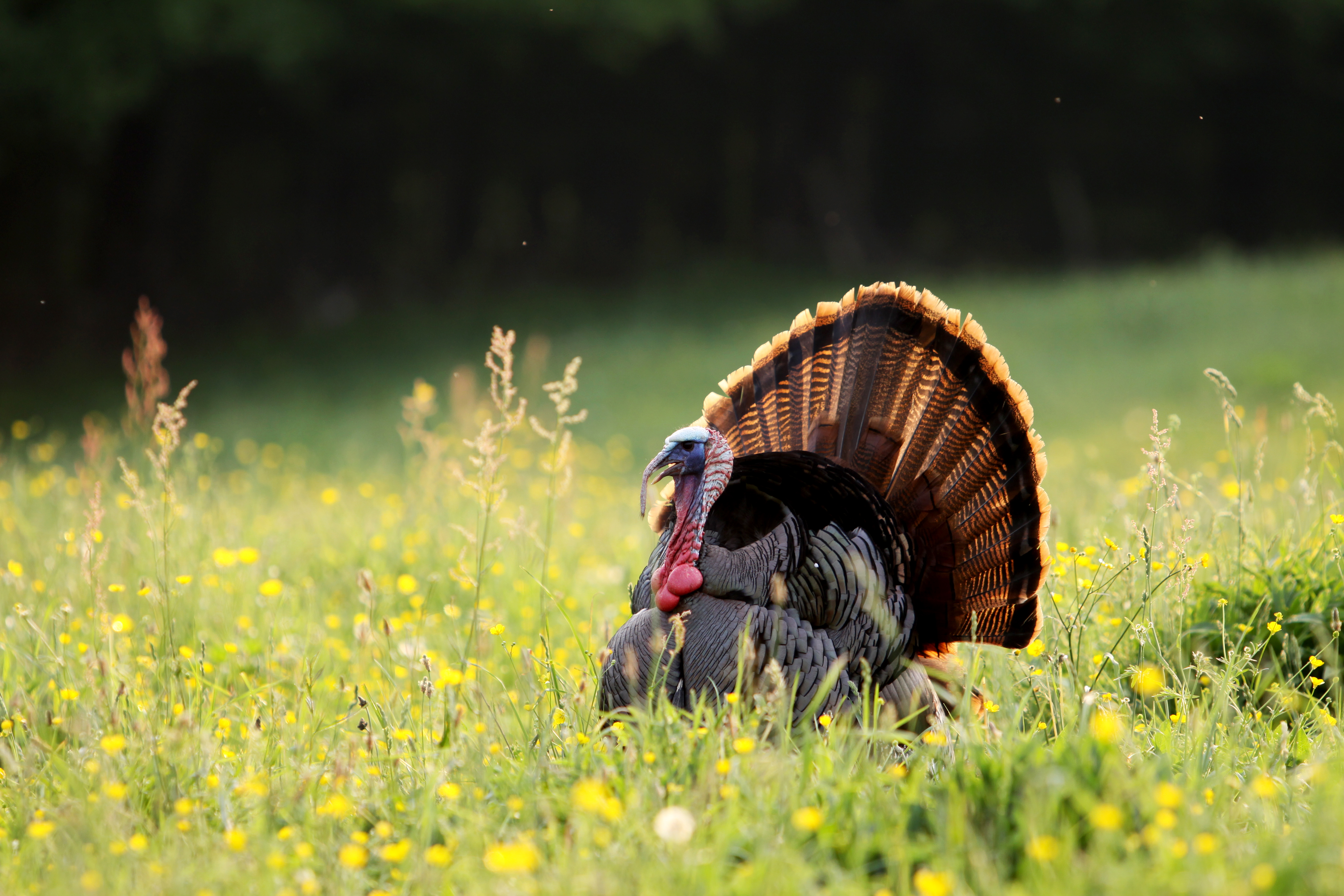
This Thanksgiving holiday, many of us will join with family and friends for a big meal and, for 50 million households, that will also mean having some roasted turkey. Most folks know that the turkeys we eat are a domesticated version of the wild birds we sometimes see or hear in the wild – but this got me wondering about wild turkeys. I found a number of interesting things about wild turkeys I didn’t actually know.
1. Origin of the Name
The bird really is named after the nation of Turkey. Early European visitors to the Americas saw the creature and it reminded them of a bird familiar to them back home known as a “Turkey bird.” It seems that the African guinea fowl made it to Europe in the Middle Ages via Turkey, and the similarity to the American bird gave rise to the same name being applied.
2. Other Turkey Tags
Adult male turkeys are called toms and females are called hens. Very young birds are poults and adolescents are called jakes.
3. Patriotic Heads
The wild turkey’s bald head can change color in seconds with excitement or emotion. The birds’ heads can be red (pink), white, or blue.
4. Loud and Fast
Turkeys’ gobbles can be heard a mile or more away and they are fast on their feet with a top running speed of about 25 miles per hour — about the same as a human track star.
5. Quick from the Nest
A young poult is up, out of the nest, and walking around searching for food within an incredibly rapid 24 hours. Turkeys have been known to lay as many as 18 eggs in a clutch, so maybe a fast exit is simply to beat the crowd.
6. Arboreal
Wild turkeys sleep in trees. The birds are usually seen walking so many people are surprised they even fly. Though they only fly for short distances, they are speedy and can hit about 55 miles per hour when going full tilt.
7. Courting
Tom turkeys show courting behaviors much like the peacock with displays of their tails. Males also use their other birdlike “junk” to attract hens, including a bright snood on top of their beaks and a wiggling wattle under their beaks.
8. Five Subspecies
Wild turkeys include Eastern, Osceola, Rio Grande, Merriam’s, and Gould’s subspecies. There are subtle plumage differences and different ranges that distinguish the birds.
9. A Turkey Group
A group of turkeys has many awesome and unusual descriptive nouns, including a “crop”, “dole”, “gang”, “posse”, and “raffle.”
10. Viva Mexico
Domesticated turkeys took a circuitous route to America’s dinner tables. Wild turkeys were first domesticated in Mexico and then exported to Europe only to come back here later.
11. Presidential Pardons
It is said that the first presidential pardon ever given was by Harry Truman in 1947 and it was given to a turkey. It spurred an annual tradition of allowing two turkeys (one for the President and one for the Vice President) to be spared each Thanksgiving. In looking into where these spared birds end up, it turns out that some have been taken to Frying Pan Farm Park in northern Virginia and more recently they have gone to Washington’s Mount Vernon. The domesticated birds are not in terrific health, so the spared birds usually die of natural causes in a year or so.
A domesticated bird weighs 25 or more pounds when fully grown, but one bird in the UK was weighed in at 86 pounds (about the size of a large German shepherd). It seems turkeys have particularly weak hearts. A farm near an air station once saw their birds drop when a sonic boom from a passing jet reached them.
12. Back from the Brink
America’s turkeys almost went extinct in 1930 from loss of forest habitat and over hunting. Recovery efforts, including those by the National Wildlife Federation and the Wild Turkey Federation, have been successful over the past 80 years and there are now an estimated 7 million wild turkeys in North and Central America.
As you celebrate Thanksgiving this year with turkey or even tofurkey (for non meat eaters), reflect on the rich traditions and interesting attributes of turkeys, their interactions with people, and efforts to save them — and keep an eye peeled for wattle and snood.
Like what you read? Please consider making a donation to support our critical wildlife recovery and conservation work:

